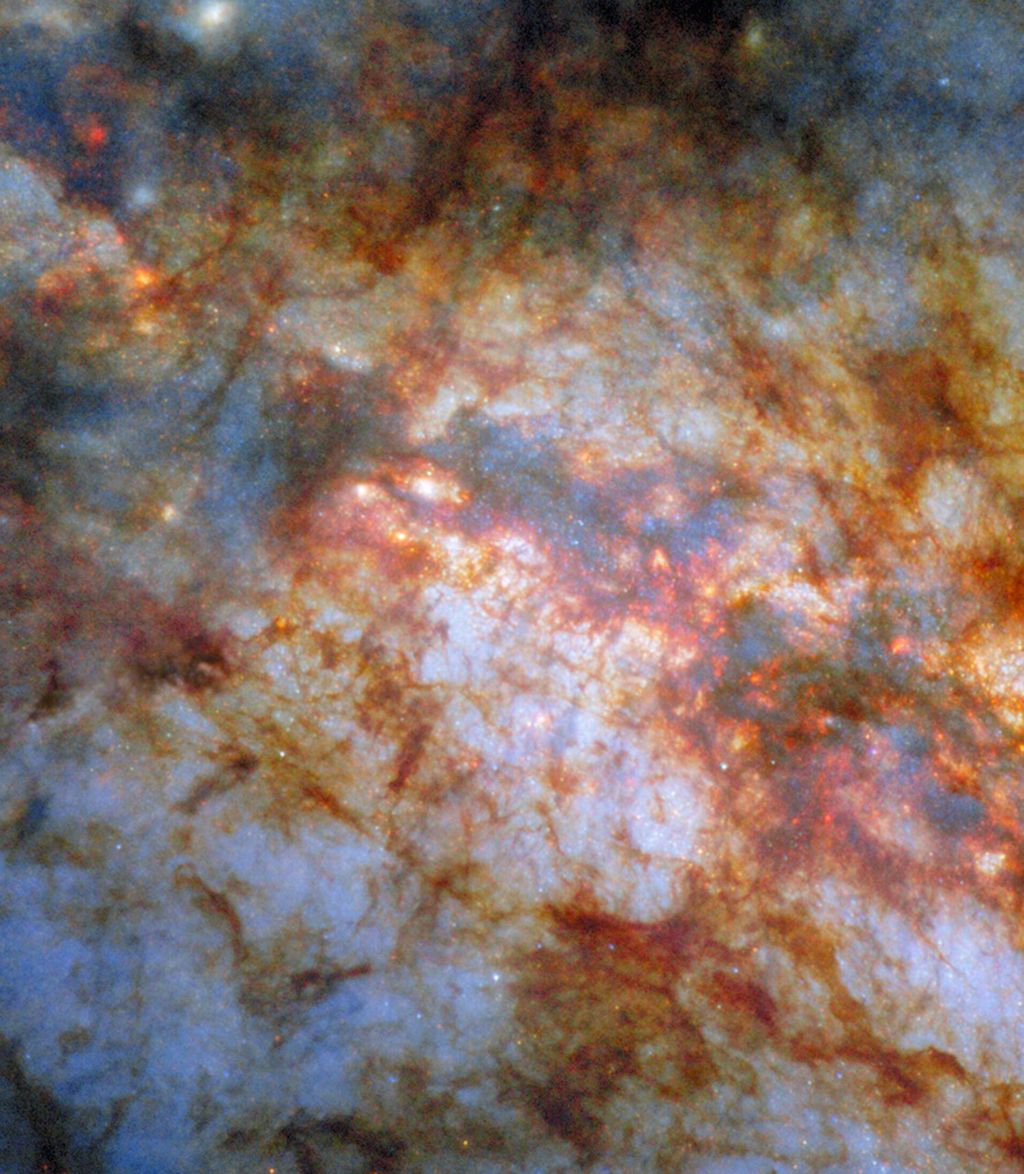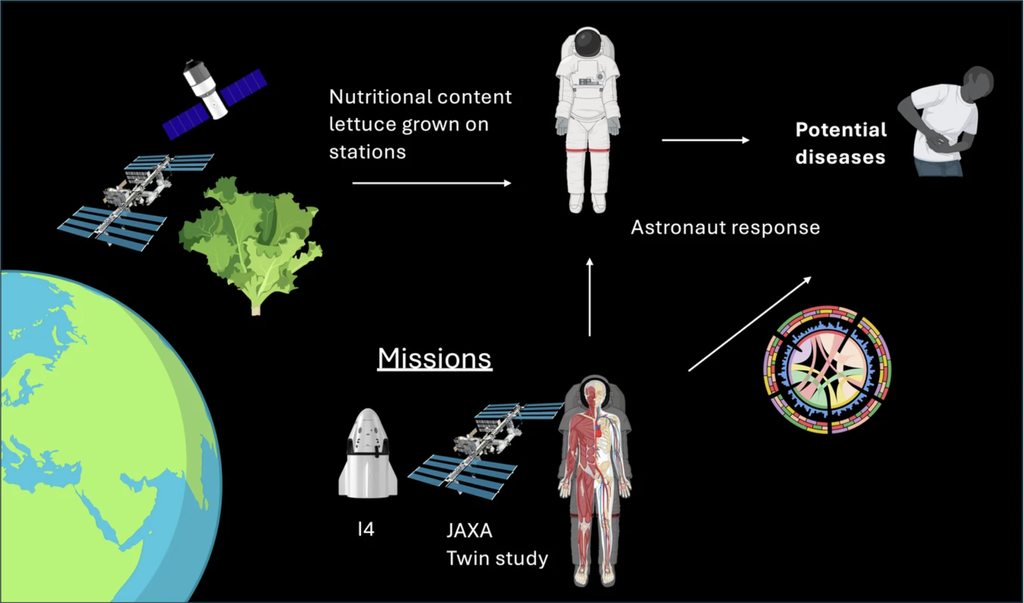New Mexico Scientific Balloon Campaign Update – Sept. 15
The Electron Losses driven by VLF EmissionS (ELVES) mission launched at 10:04 a.m. EDT (8:04 a.m. MDT) on Sept. 15, 2025. The balloon and payload reached a float altitude of 125,000 feet and flew for 8 hours, 12 minutes. The experiment includes multiple detection methods for both Very Low Frequency (VLF) emissions and electron precipitation, including magnetometers, x-ray detectors, and cosmic noise absorption measurements, advancing our understanding of radiation belt dynamics and ionospheric interactions.
To follow the missions in the 2025 Fort Sumner campaign, visit NASA’s Columbia Scientific Balloon Facility website for real-time updates of balloons’ altitudes and locations during flight.




























